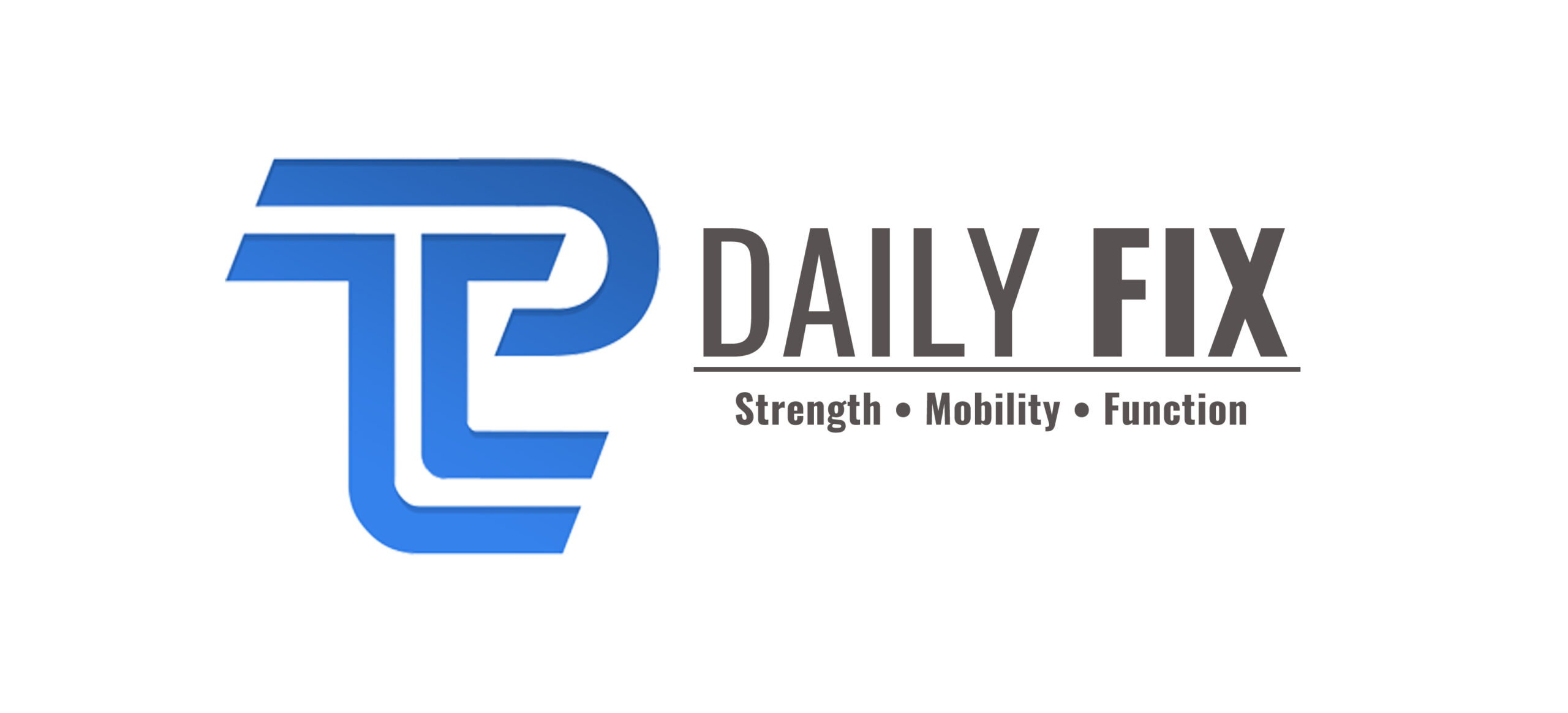“Choosing Health Over Pills: The Benefits of Physical Therapy for Pain Relief”
In a world where pain relief options are abundant, physical therapy stands out as a natural, holistic approach that offers an array of benefits when compared to pain medications. While pain medications can provide temporary relief, they often come with a host of side effects and the potential for dependency. Physical therapy, on the other hand, focuses on addressing the root causes of pain and aims to improve your overall well-being. In this blog, we will explore the many advantages of physical therapy as a pain relief option over pain medications.
-
Targeted Pain Management
Physical therapy is personalized and designed to address your specific pain issues. A physical therapist will assess your condition, identify the underlying causes of pain, and create a tailored treatment plan to address these issues. This targeted approach ensures that the source of your pain is directly addressed, potentially leading to long-lasting relief.
-
Reduces the Risk of Dependency
One of the most significant concerns with pain medications, especially opioids, is the risk of dependency. Physical therapy provides a drug-free alternative that can help individuals avoid the pitfalls of addiction and drug dependency. This makes it a safer and more sustainable option for chronic pain management.
-
Promotes Healing
Physical therapy not only relieves pain but also promotes the body’s natural healing processes. Through exercises, stretches, and various therapeutic techniques, physical therapists can enhance blood circulation, stimulate tissue repair, and support the body’s recovery mechanisms. Pain medications often mask pain without addressing the root causes, potentially hindering the healing process.
-
Improved Mobility and Function
Physical therapy focuses on improving mobility and functional abilities, making it an ideal choice for those with musculoskeletal issues, injuries, or post-surgical recovery needs. By strengthening muscles and increasing joint flexibility, patients can experience a significant enhancement in their overall quality of life, enabling them to perform daily activities with less pain.
-
Long-Term Results
While pain medications can offer temporary relief, physical therapy can lead to long-term results. By addressing the underlying causes of pain and providing tools and techniques for self-management, physical therapy equips patients with the skills to maintain their pain relief over time.
-
Minimal Side Effects
Most pain medications come with a laundry list of potential side effects, ranging from dizziness and nausea to more severe complications like liver or kidney damage. Physical therapy, when performed by trained professionals, has minimal side effects. Any potential discomfort associated with the exercises or therapies is usually temporary and can be managed.
-
Customized Education
A key benefit of physical therapy is the education provided to patients. Physical therapists empower individuals with knowledge about their condition and how to manage it independently. This helps patients take an active role in their healing process and pain management, reducing their reliance on external interventions.
Closing Comments
Physical therapy offers a holistic and sustainable approach to pain relief compared to pain medications. It addresses the root causes of pain, promotes healing, and empowers individuals with the tools to manage their pain effectively. In contrast, pain medications often come with side effects and a risk of dependency, making them a less desirable option for many individuals. If you’re seeking long-term pain relief that promotes overall well-being, physical therapy is a choice that should not be overlooked. It’s not merely a treatment; it’s a pathway to a healthier, pain-free life.
Check Out these related blog posts you may have missed:
Shining a Light on Healing: Low-Level Laser Therapy in Physical Therapy
Exploring the World of Dry Needling: Benefits and Science Behind It


